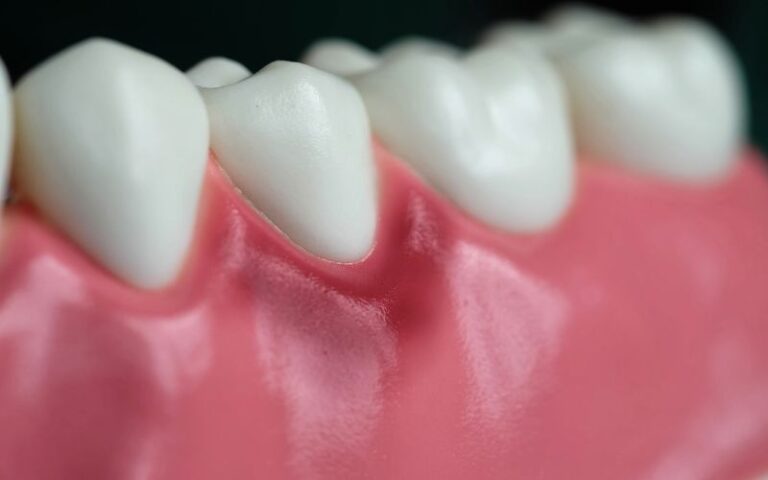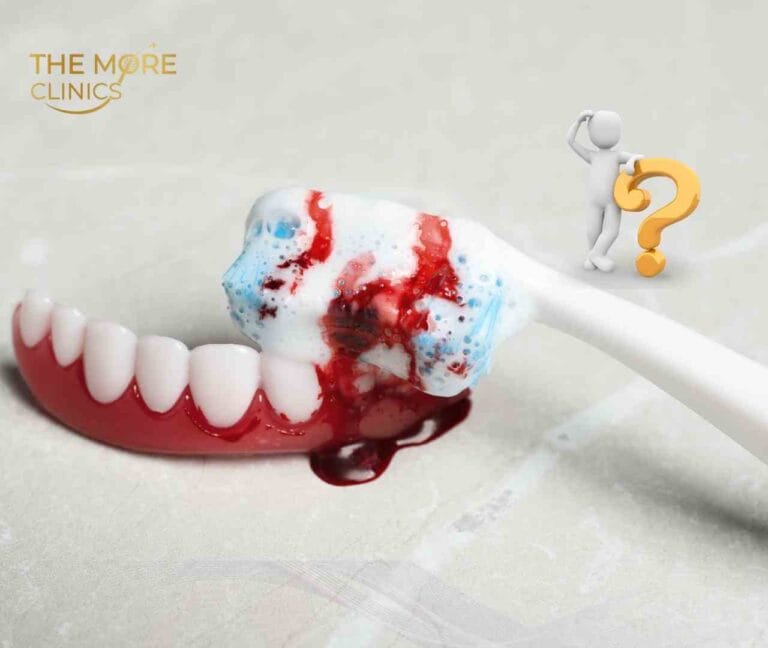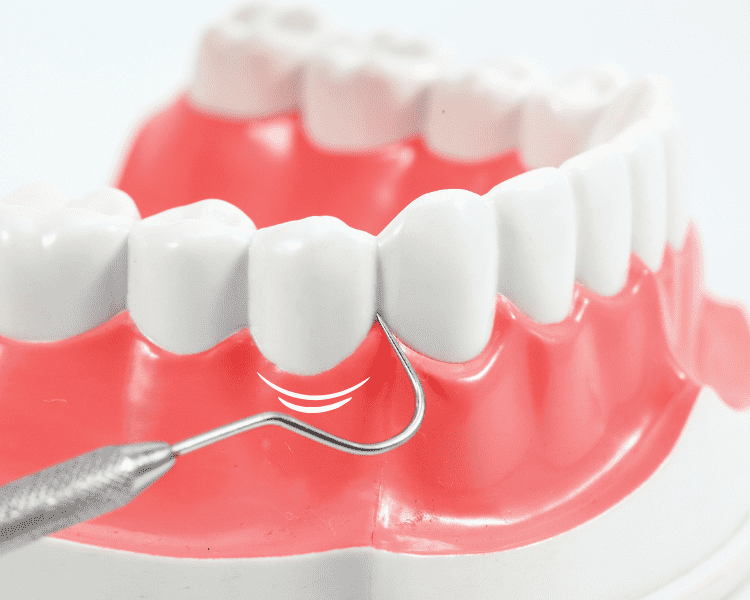All you need to know about Gum Graft Surgery
Gum graft surgery might sound intimidating, but it’s a common procedure that offers significant benefits for oral health. Understanding what it entails, who needs it, and what to expect can help alleviate any concerns and prepare you for a successful experience.
What is Gum Graft Surgery?
Gum graft surgery is a dental procedure designed to correct gum recession. Over time, gums can recede, exposing the roots of the teeth and leading to increased sensitivity and a higher risk of decay and infection. Gum grafting involves taking tissue from one part of the mouth and grafting it onto the area where the gums have receded.

This procedure typically uses tissue from the roof of the mouth or a donor source. It’s performed under local anesthesia, making it a relatively painless process. The main goal is to protect the exposed roots, reduce sensitivity, and improve the overall appearance of your gums.
Who Needs Gum Graft Surgery?
Gum graft surgery is recommended for individuals with significant gum recession. This condition can result from various factors, including aggressive brushing, periodontal disease, and genetics. Patients often notice increased tooth sensitivity, especially to hot and cold foods and drinks.
If left untreated, gum recession can lead to more severe dental issues, such as tooth decay, bone loss, and even tooth loss.
Types of Gum Grafts
There are several types of gum grafts, each suited for different situations and patient needs. The most common types include:
- Connective Tissue Graft: This method involves taking tissue from under the flap of skin on the roof of the mouth and attaching it to the receded area. It’s the most widely used technique.
- Free Gingival Graft: In this approach, tissue is taken directly from the roof of the mouth. It’s often used for patients with thin gums needing additional tissue to prevent further recession.
- Pedicle Graft: This method uses tissue from the gum near the affected area. A flap is cut, partially detached, and then pulled over the exposed root. This technique is suitable for patients with plenty of gum tissue near the affected site.
Each type of graft has its advantages and is chosen based on the specific needs of the patient and the recommendation of the dental surgeon.
The Process of Gum Graft Surgery
Understanding the process of gum graft surgery can help ease any apprehensions about the procedure. Here’s a step-by-step guide:
- Consultation and Diagnosis: Your dentist will examine your mouth, take X-rays if necessary, and discuss your symptoms and medical history.
- Preparation: On the day of the surgery, you’ll be given local anesthesia to numb the area. The dentist will then prepare the graft tissue, either from your mouth or a donor source.
- Surgical Procedure: The dentist will create a small flap in the gum tissue where the graft is needed. The graft is then placed and secured with stitches.
- Post-Surgery Care: After the surgery, you’ll be given specific instructions on how to care for your mouth, including dietary restrictions and oral hygiene tips.
The entire process usually takes about 90 minutes to complete and is often done in a single visit.
Benefits and Risks
Gum graft surgery offers numerous benefits, but like any medical procedure, it also comes with potential risks.
Benefits:
- Prevents Further Recession: Protects exposed roots and prevents further gum recession.
- Reduces Sensitivity: Covers exposed roots, reducing tooth sensitivity to hot and cold.
- Improves Aesthetics: Enhances the appearance of your gums, giving you a healthier smile.
- Prevents Tooth Decay: Reduces the risk of decay and infection by covering exposed roots.
Risks:
- Infection: Like any surgical procedure, there’s a risk of infection.
- Bleeding: Some bleeding is normal, but excessive bleeding can be a concern.
- Swelling: Swelling and discomfort may occur but can be managed with medication.
Overall, the benefits of gum graft surgery far outweigh the risks, especially when performed by a skilled dental professional.
Recovery and Aftercare
Proper aftercare is crucial for a successful recovery from gum graft surgery. Here are some tips to ensure a smooth healing process:
- Follow Dental Instructions: Your dentist will provide specific instructions on how to care for your mouth post-surgery. Follow these guidelines closely.
- Dietary Adjustments: Stick to soft foods and avoid hot or spicy foods. Cold foods like ice cream can help soothe the area.
- Oral Hygiene: Maintain good oral hygiene but avoid brushing the graft site until it’s healed. Rinse your mouth gently with a prescribed antimicrobial mouthwash.
- Medication: Take any prescribed pain relievers or antibiotics as directed to manage pain and prevent infection.
Recovery typically takes one to two weeks, during which time you should avoid strenuous activities and follow your dentist’s advice to ensure optimal healing.
How Much Does Gum Graft Cost?
The cost of gum graft surgery can vary significantly depending on the location and the complexity of the procedure. Here’s a general breakdown of costs in different countries:
- United States: $600 – $3,000 per graft
- United Kingdom: £500 – £3,000 per graft
- Canada: CAD 1,500 – CAD 2,900 per graft
- Australia: AUD 800 – AUD 3,600 per graft
- Germany: €500 – €1,500 per graft
How much does gum graft cost in Turkey?
The cost of gum graft surgery in Turkey can vary depending on the clinic and the type of graft used.
Cost of Gum Grafting in Turkey $200 – $700 per graft (Turkey is renowned for providing high-quality dental procedures at more affordable prices):Conclusion
These costs can vary based on the clinic and the specifics of the procedure. Be sure to consult with your dentist for an accurate estimate.
FAQs About Gum Graft Surgery
- Is gum graft surgery painful?
- The procedure itself is not painful due to the use of local anesthesia. However, some discomfort and swelling may occur post-surgery, which can be managed with pain relievers.
- How long does the surgery take?
- The surgery typically takes about 90 minutes but may vary depending on the complexity and number of grafts needed.
- When can I return to normal activities?
- Most patients can resume normal activities within a week, but it’s best to avoid strenuous activities during the initial recovery period.
These are some common questions, but always consult your dentist for information specific to your case.
Last Words from the More Clinics
Gum graft surgery is a valuable procedure for those experiencing gum recession. It offers significant benefits, including improved oral health and aesthetics. By understanding the process and following proper aftercare, you can ensure a smooth recovery and long-lasting results.
If you’re considering gum graft surgery or have any questions, our team at More Clinics is here to help. Schedule a consultation today to take the first step towards a healthier smile.
GET A FREE CONSULTATION!
Let’s Start Planning Your Treatment %100 Guarantee Results.




